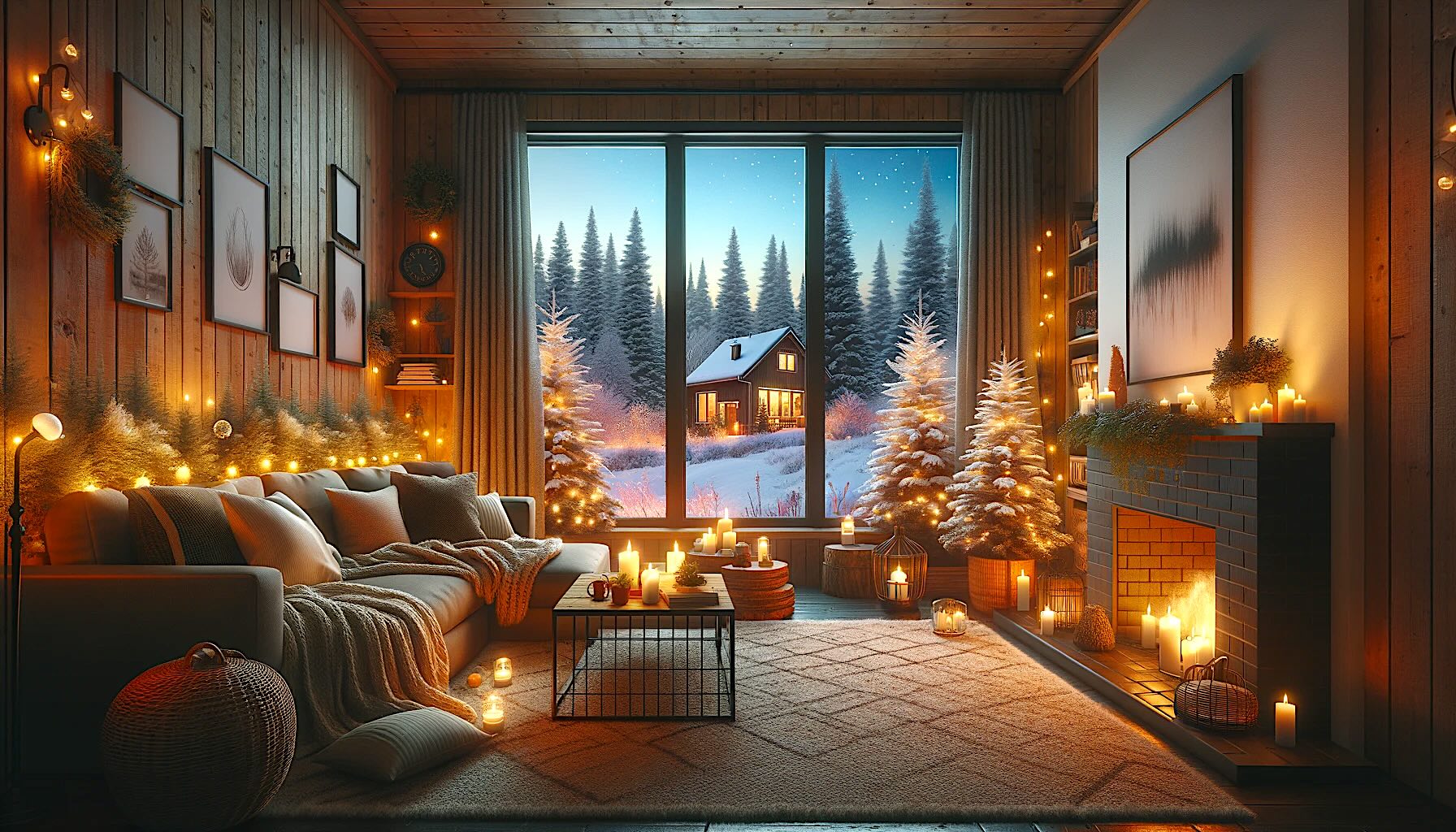Home siting is the process of determining how to place the house on a building lot for maximum liveability. Siting is influenced mostly by the building footprint compared to available land. In the countryside, natural features such as rocks, hills, and water can limit the number of sites. In the city, most people will build to the lot set-back line, or the maximum buildable area.
Enlisting an architect as a trusted advisor can provide a higher understanding of how a home will integrate with the landscape. They will be able to explain the implications for privacy, heating, and cooling. They will also be able to help you choose a style, if you are considering buying a house off-plan.
Home designs are generally matched to the parcel of land and the neighbourhood. If your land is sloped or has a water feature, your architect will be able to provide some advice on types of structures that will work. It’s important that the home plans you choose are matched to the lot because modifying the house to fit the land, or vice versa, can be expensive.
Sloped lots are suited to houses with walk-out or day-light basements. The house is built into the slope so that one side is entirely above grade. If your lot has low areas, it may need supplementary drainage. If it is rocky, then the cost of blasting or rock removal may influence your design. Sometimes a creative approach is needed, such as a foundation of piers and beams can provide more options.
The layout and form of the buildings affect siting and development. Do you want the garage to be attached or detached? Is there a separate workshop planned? Do you prefer cluster of buildings or dispersed to the perimeter of the land? These are some questions that will affect siting.
Architects will often use a design software that can simulate the thermal and light/shadow properties of a home site through all four seasons. This allows the best possible choices for height, direction, and even dramatic shadow effect. Choosing the best possible position of your new home can bring out its full potential.
Orientation is another significant factor. If the home is solar-friendly, then siting it so the collection windows face south is critical. If winter winds are a problem, then the house should be oriented, so the fewest windows face north. Southern exposure can maximize solar gain for free heat while protection from windchill can lower heating bills. Protection from the elements, the sun in summer and cold northern winds in winter, can make your home more comfortable. The location of large trees for cooling and berms or hills for deflecting wind are part of the equation.
Consider the view from the different rooms in the house. When you look out of the windows, what would you like to see? Expansive views and vistas will increase property values and make resale easier. Does the home site provide good privacy from neighbours? Drone photography services can provide something called a ‘view study’. These are used by condo tower builders to show the views from the penthouse suite, etc. but they can also be very helpful when constructing a two or three-storey home to see what the view will be on the upper floors.
Are you looking for a building lot or acreage on which to site your dream home? Contact us today for more information.
—————————————————————————————————————————-
Pemberton Holmes has been an island brokerage since 1887. We combine expertise, trust, and community values to ensure your sales experience is the best it can be! Are you looking to sell your home, or looking to purchase? Contact us today at +1 (250) 923-9236 to talk to a REALTOR®






